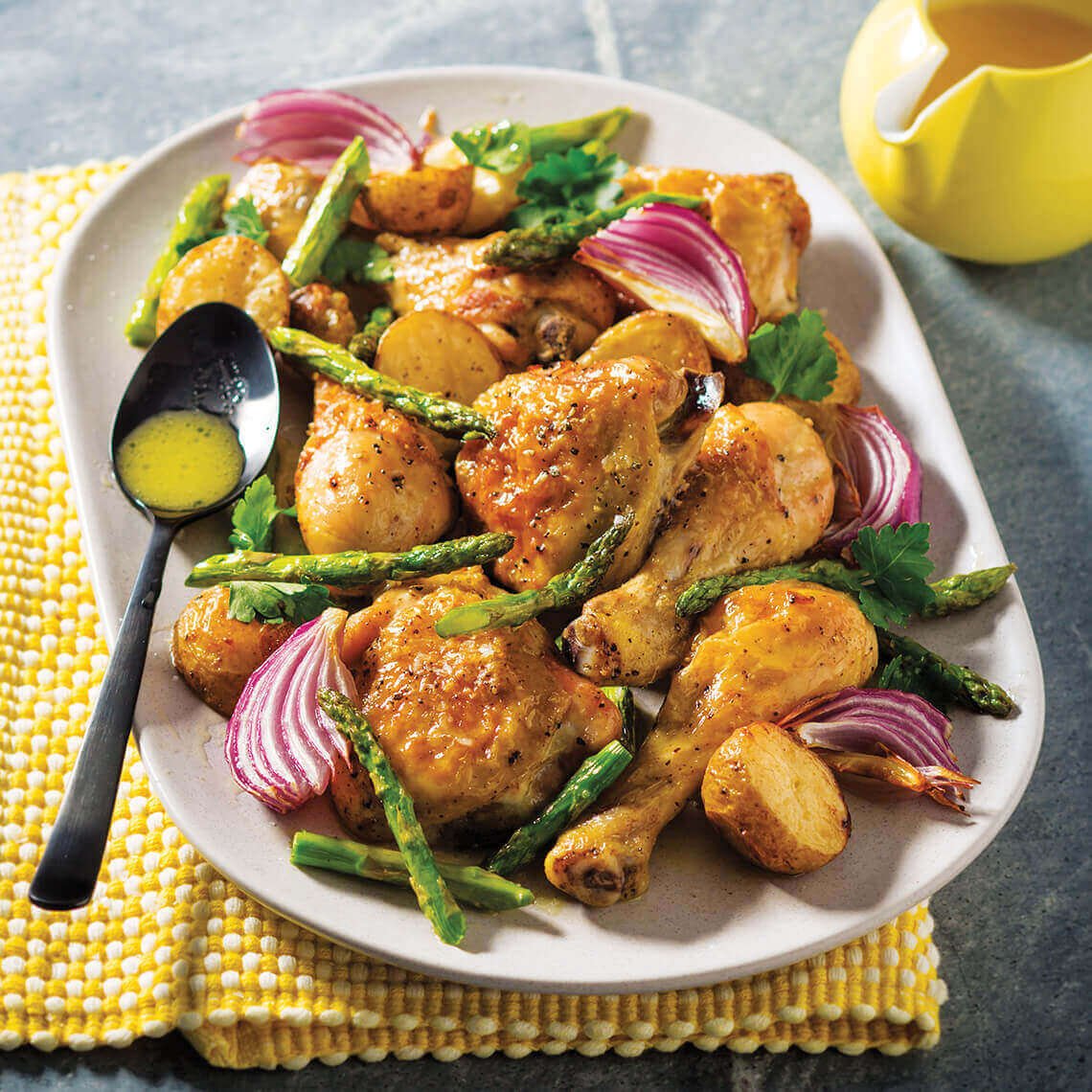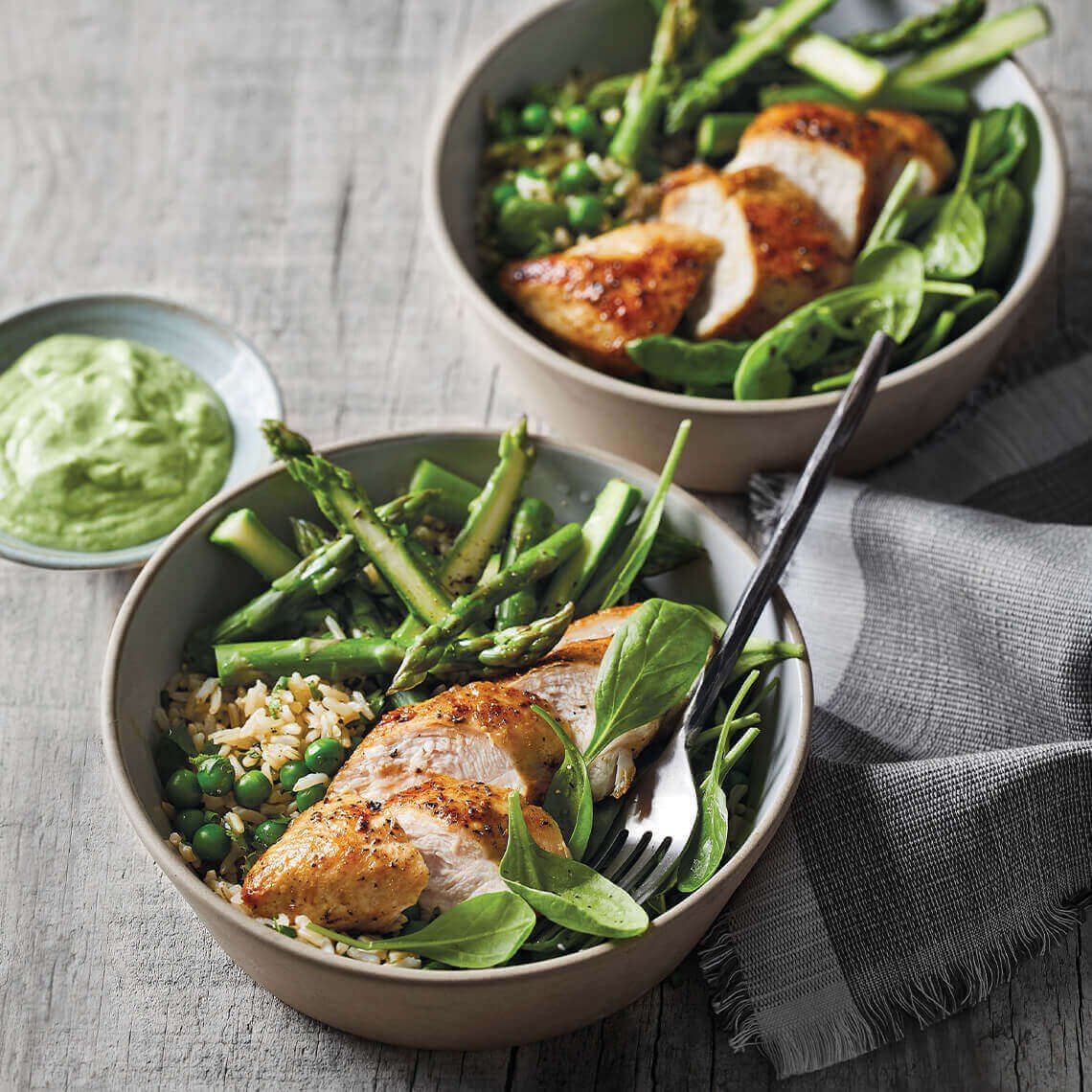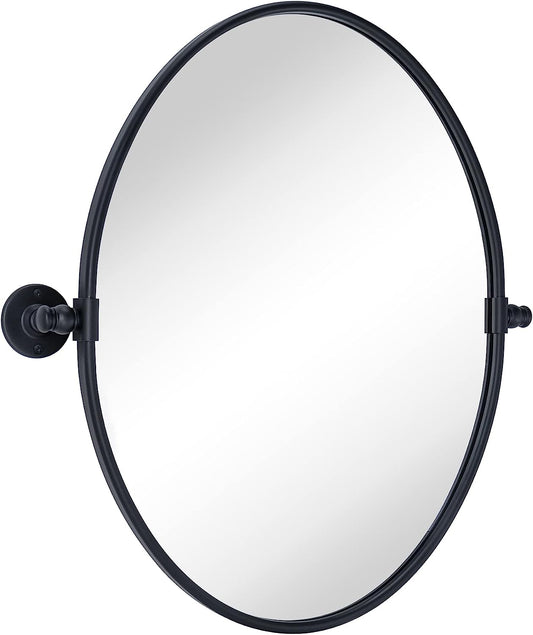I found these recipes which included asparagus. Not being a big fan of this little vegetable I have pushed them aside for some time. The other day, by chance, a health site crossed my browsing path. They happened to highlight all the good qualities of asparagus. I was intrigued. I was going to post a summarised version but there was quite a lot of information so I’m posting the whole article.
The information is supplied by Healthline and is written by Daisy Coyle, APD.

7 Reasons Why You Should Eat More Asparagus

Written by Daisy Coyle, APD on April 4, 2018
Asparagus, officially known as Asparagus officinalis, is a member of the lily family.
This popular vegetable comes in a variety of colors, including green, white and purple. It’s used in dishes around the world, including frittatas, pastas and stir-fries.
Asparagus is also low in calories and packed with essential vitamins, minerals and antioxidants.
This article uncovers 7 health benefits of asparagus, all supported by science.
1. Many Nutrients But Few Calories

Asparagus is low in calories but boasts an impressive nutrient profile.
In fact, just half a cup (90 grams) of cooked asparagus contains (1):
- Calories: 20
- Protein: 2.2 grams
- Fat: 0.2 grams
- Fiber: 1.8 grams
- Vitamin C: 12% of the RDI
- Vitamin A: 18% of the RDI
- Vitamin K: 57% of the RDI
- Folate: 34% of the RDI
- Potassium: 6% of the RDI
- Phosphorous: 5% of the RDI
- Vitamin E: 7% of the RDI
Asparagus also possesses small amounts of other micronutrients, including iron, zinc and riboflavin.
It’s an excellent source of vitamin K, an essential nutrient involved in blood clotting and bone health (2Trusted Source).
In addition, asparagus is high in folate, a nutrient that is vital for a healthy pregnancy and many important processes in the body, including cell growth and DNA formation (3Trusted Source).
Summary. Asparagus is a low-calorie vegetable that is an excellent source of essential vitamins and minerals, especially folate and vitamins A, C and K.
2. Good Source of Antioxidants
Antioxidants are compounds that help protect your cells from the harmful effects of free radicals and oxidative stress.
Oxidative stress contributes to aging, chronic inflammation and many diseases, including cancer (4Trusted Source, 5Trusted Source).
Asparagus, like other green vegetables, is high in antioxidants. These include vitamin E, vitamin C and glutathione, as well as various flavonoids and polyphenols (6, 7Trusted Source).
Asparagus is particularly high in the flavonoids quercetin, isorhamnetin and kaempferol (8Trusted Source, 9Trusted Source).
These substances have been found to have blood pressure-lowering, anti-inflammatory, antiviral and anticancer effects in a number of human, test-tube and animal studies (10Trusted Source, 11Trusted Source, 12Trusted Source, 13Trusted Source).
What’s more, purple asparagus contains powerful pigments called anthocyanins, which give the vegetable its vibrant color and have antioxidant effects in the body (14Trusted Source).
In fact, increasing anthocyanin intake has been shown to reduce blood pressure and the risk of heart attacks and heart disease (15Trusted Source, 16Trusted Source, 17Trusted Source).
Eating asparagus along with other fruits and vegetables can provide your body with a range of antioxidants to promote good health.
Summary. Asparagus is a good source of antioxidants, including vitamins C and E, flavonoids and polyphenols. Antioxidants prevent the accumulation of harmful free radicals and may reduce your risk of chronic disease.
3. Can Improve Digestive Health
Dietary fiber is essential for good digestive health.
Just half a cup of asparagus contains 1.8 grams of fiber, which is 7% of your daily needs.
Studies suggest that a diet high in fiber-rich fruits and vegetables may help reduce the risk of high blood pressure, heart disease and diabetes (18Trusted Source, 19Trusted Source, 20Trusted Source).
Asparagus is particularly high in insoluble fiber, which adds bulk to stool and supports regular bowel movements.
It also contains a small amount of soluble fiber, which dissolves in water and forms a gel-like substance in the digestive tract.
Soluble fiber feeds the friendly bacteria in the gut, such as Bifidobacteria and Lactobacillus (21Trusted Source).
Increasing the number of these beneficial bacteria plays a role in strengthening the immune system and producing essential nutrients like vitamins B12 and K2 (22Trusted Source, 23Trusted Source, 24Trusted Source).
Eating asparagus as part of a fiber-rich diet is an excellent way to help meet your fiber needs and keep your digestive system healthy.
Summary. As a good source of fiber, asparagus promotes regularity and digestive health and may help reduce your risk of heart disease, high blood pressure and diabetes.
4. Helps Support a Healthy Pregnancy
Asparagus is an excellent source of folate, also known as vitamin B9.
Just half a cup of asparagus provides adults with 34% of their daily folate needs and pregnant women with 22% of their daily needs (1).
Folate is an essential nutrient that helps form red blood cells and produce DNA for healthy growth and development. It’s especially important during the early stages of pregnancy to ensure the healthy development of the baby.
Getting enough folate from sources like asparagus, green leafy vegetables and fruit can protect against neural tube defects, including spina bifida (25Trusted Source, 26Trusted Source).
Neural tube defects can lead to a range of complications, ranging from learning difficulties to lack of bowel and bladder control to physical disabilities (27Trusted Source, 28Trusted Source).
In fact, adequate folate is so vital during pre-pregnancy and early pregnancy that folate supplements are recommended to ensure women meet their requirements.
Summary. Asparagus is high in folate (vitamin B9), an important nutrient that helps reduce the risk of neural tube defects during pregnancy.
5. Helps Lower Blood Pressure
High blood pressure affects more than 1.3 billion people worldwide and is a major risk factor for heart disease and stroke (29Trusted Source).
Research suggests that increasing potassium intake while reducing salt intake is an effective way to lower high blood pressure (30Trusted Source, 31Trusted Source).
Potassium lowers blood pressure in two ways: by relaxing the walls of blood vessels and excreting excess salt through urine (32Trusted Source).
Asparagus is a good source of potassium, providing 6% of your daily requirement in a half-cup serving.
What’s more, research in rats with high blood pressure suggests that asparagus may have other blood pressure-lowering properties. In one study, rats were fed either a diet with 5% asparagus or a standard diet without asparagus.
After 10 weeks, the rats on the asparagus diet had 17% lower blood pressure than the rats on the standard diet (33Trusted Source).
Researchers believed this effect was due to an active compound in asparagus that causes blood vessels to dilate.
However, human studies are needed to determine whether this active compound has the same effect in humans.
In any case, eating more potassium-rich vegetables, such as asparagus, is a great way to help keep your blood pressure in a healthy range.
Summary. Asparagus contains potassium, a mineral that can help lower high blood pressure. In addition, animal research has found that asparagus may contain an active compound that dilates blood vessels, thus lowering blood pressure.
6. Can Help You Lose Weight
Currently, no studies have tested the effects of asparagus on weight loss.
However, it has a number of properties that could potentially help you lose weight.
First, it’s very low in calories, with only 20 calories in half a cup. This means you can eat a lot of asparagus without taking in a lot of calories.
Furthermore, it’s about 94% water. Research suggests that consuming low-calorie, water-rich foods is associated with weight loss (34Trusted Source, 35Trusted Source).
Asparagus is also rich in fiber, which has been linked to lower body weight and weight loss (36Trusted Source, 37Trusted Source).
Summary. Asparagus has a number of features that make it a weight-loss friendly food. It’s low in calories, high in water and rich in fiber.
7. Easy to Add to Your Diet
In addition to being nutritious, asparagus is delicious and easy to incorporate into your diet.
It can be cooked in a variety of ways, including boiling, grilling, steaming, roasting and sautéing. You can also purchase canned asparagus, which is precooked and ready to eat.
Asparagus can be used in a number of dishes like salads, stir-fries, frittatas, omelets and pastas, and it makes an excellent side dish.
Furthermore, it’s extremely affordable and widely available at most grocery stores.
When shopping for fresh asparagus, look for firm stems and tight, closed tips.
Summary. Asparagus is a delicious and versatile vegetable that’s easy to incorporate into your diet. Add it to salads, frittatas, omelets and stir-fries.
Chicken tray bake with lemon-butter sauce

INGREDIENTS
- 1 chicken braai pack (8 pieces)
- ½ packet (500g) baby potatoes, halved
- 1 red onion, cut into wedges
- 2 Tbsp (30ml) olive oil
- Salt and milled pepper
- 1 packet (200g) asparagus
- ⅓ cup (80ml) butter
- Juice (60ml) of 1 lemon
- Parsley, for serving
METHOD
- Place chicken, potatoes and onion in a roasting tray.
- Drizzle with olive oil and season.
- Bake at 180°C for 30 minutes.
- Cut asparagus into pieces, discarding the woody ends.
- Add to tray and bake for another 10-15 minutes.
- Melt butter in a saucepan and whisk in lemon juice.
- Serve traybake with lemon-butter sauce and parsley.
Chicken and asparagus salad with brown rice

INGREDIENTS
- 4 chicken breast fillets
- Glug olive oil
- Salt and milled pepper
- 4 cups (1L) cooked brown rice
- 1 bunch (4) spring onions, chopped
- Handful fresh basil, chopped
- Handful fresh mint, chopped
- Handful fresh coriander, chopped
- 1 cup (250ml) frozen peas, blanched
- 2 handfuls English spinach
- 1 packet (200g) asparagus, blanched and halved
- Dressing:
- 1 avocado, peeled and chopped
- Small handful fresh basil
- Small handful fresh mint
- Small handful fresh coriander
- Juice (60ml) of 1 lemon
- Handful baby spinach
- 1 green chilli, seeded and diced
- 1 clove garlic, crushed
- 2-4 Tbsp (30-60ml) warm water or yoghurt
METHOD
- Drizzle chicken with oil and season well.
- Fry for 2-3 minutes per side or until cooked through, then set aside.
- Toss rice, spring onions, herbs, peas, spinach and asparagus together.
- Blitz dressing ingredients in a food processor until smooth and creamy.
- Divide salad into bowls, top with chicken and serve with dressing on the side.
Salmon and asparagus quiche

INGREDIENTS
- 1 roll (400g) puff pastry
- Flour, for dusting
- 1 Tbsp (15ml) olive oil
- 2 Tbsp (30ml) butter
- 4 leeks, washed and thinly sliced
- Salt and milled pepper
- 150g smoked salmon offcuts, coarsely flaked
- 2 discs (80g) feta, crumbled
- 3 eggs, lightly whisked
- 1 cup (250ml) cream
- 1 Tbsp (15ml) dill, coarsely chopped
- Grated peel of 1 lemon
- 1 bunch (200g) thin asparagus, woody ends trimmed and cut into 5cm lengths
- Nice-to-have:
- Microgreens
- 1 spring onion, chopped
METHOD
- Line a 36cm x 13cm quiche tin.
- Roll pastry out on a lightly floured surface.
- Arrange in quiche tin.
- Heat oil and butter in a pan over medium heat.
- Add leeks and cook, stirring, for 5 minutes or until leeks soften have browned slightly. Season.
- Spoon leeks over pastry.
- Top with salmon and feta.
- Whisk eggs and cream together and add dill and grated lemon peel. Season. Pour over salmon and feta.
- Arrange asparagus on top of tart.
- Preheat oven to 200°C.
- Place on a baking tray and bake for 30-35 minutes, or until just set.
- Serve with microgreens and spring onion, if using
Beef and asparagus skewers

INGREDIENTS
- 1 packet (200g) asparagus
- 1 (300g) rump steak
- Oil
- Salt and milled pepper
- Sweet-chilli sauce, for serving
METHOD
- Chop asparagus into bite-sized pieces and cut rump steak into bite-sized chunks.
- Thread asparagus and steak onto bamboo skewers (presoaked in water) and brush with oil.
- Season and chargrill on a hot griddle pan or over medium to hot coals until steak is cooked and asparagus is tender.
- Serve with sweet chilli sauce on the side.












